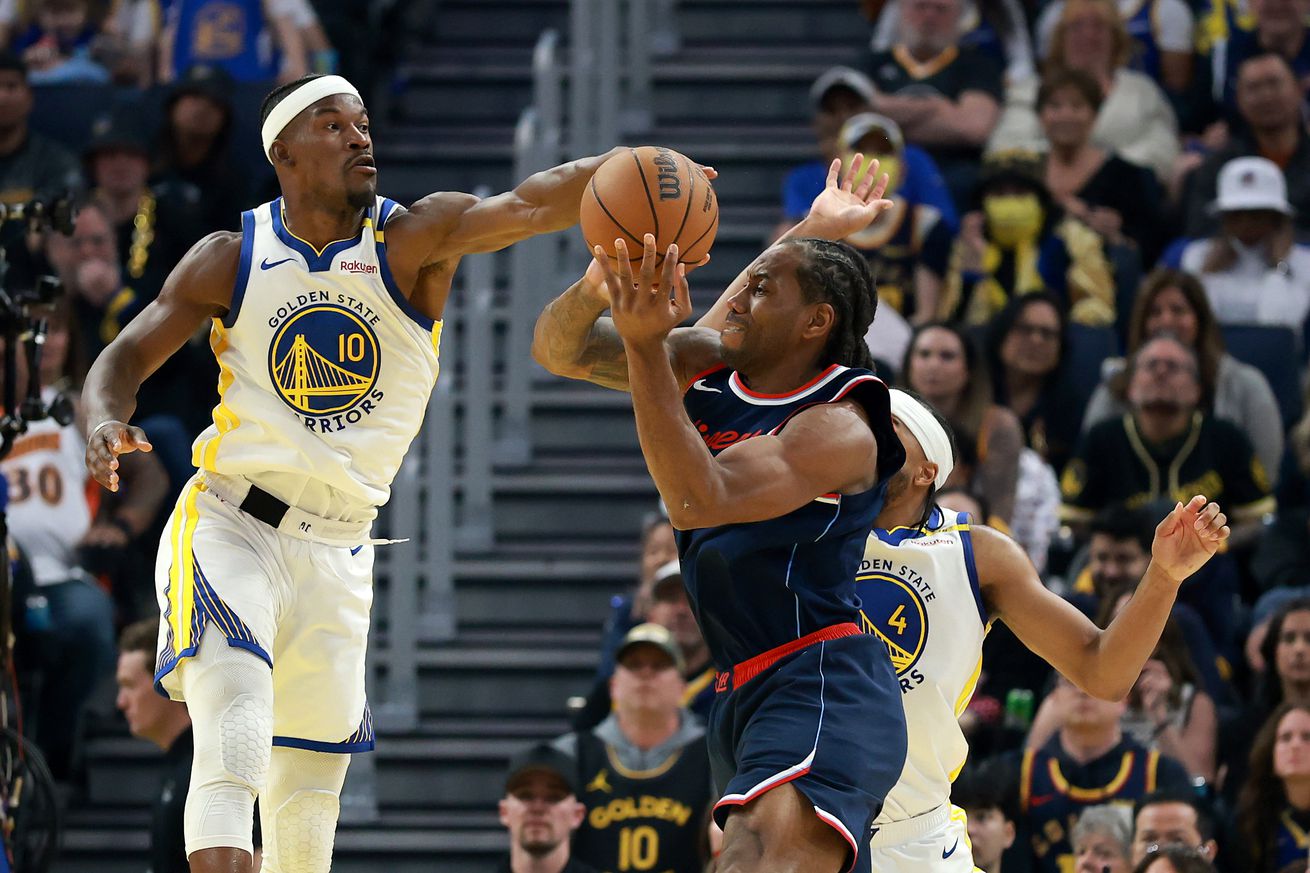
Warriors fall to the Clippers and find themselves in the play-in bracket for the second season in a row.
The “Stackhouse” approach on defense by the Golden State Warriors — coined after Warriors assistant coach and de facto defensive coordinator Jerry Stackhouse — made a somewhat loud return against the Los Angeles Clippers, in a game the Warriors had to win to secure the number six seed and a first-round showdown against the Los Angeles Lakers (which ended up not happening on account of the Warriors’ 124-119 loss). In the initial stages of the game, these sudden doubles and traps surprised the Clippers, who were forced to increase the speed of their decision making in the half court — not ideal for the widely known deliberate preference of half-court scorers in James Harden and Kawhi Leonard.
The doubles worked to near perfection in the first half.
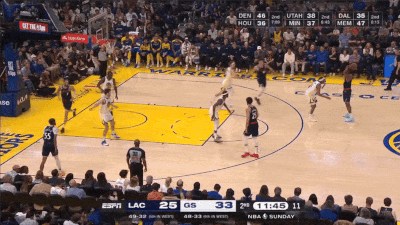
But while the instance below was a successfully executed double by Jimmy Butler — staying put at the nail to increase the traffic Kawhi Leonard has to saunter through on his drive against Moses Moody:
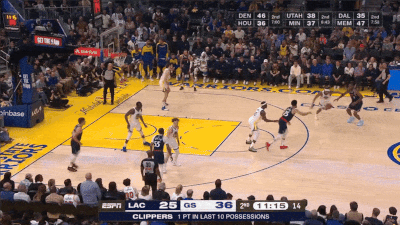
A slight raise of the eyebrow is warranted, considering that Moody guarding Leonard is by no means a significant mismatch, and therefore does not typically require an additional defender to help. While the result was what the Warriors ended up wanting, the process can be questioned, if only to help explain what happened near the end of the game.
With the Warriors up by two points and the Clippers threatening to either tie the game or pull ahead by a point. At this juncture of the game, Moody — who flashed his improved point-of-attack defense against the likes of Leonard, James Harden, and Norman Powell, all of which are the Clippers’ designated off-the-dribble threats to score — was entrenched on the bench. In his place was Gary Payton II, an equally pesky defender but smaller and not as gifted as Moody in terms of wingspan (6’8” vs. 7’1”). There is validity to criticizing Steve Kerr’s decision to depend upon Payton in lieu of Moody, who profiles as more of a shooting/spacing threat. With Payton on the floor along with Butler and Draymond Green, the Clippers were more empowered to shrink the floor and divert almost all of their attention toward stopping Steph Curry.
That was the conundrum on the offensive end. The defensive end — one where they made arguably the biggest coverage mistake of the night — was less of a booboo born out of questionable rotation choices and more of a decision-making one.
With Butler guarding Leonard and Curry guarding “non-shooting threat” Kris Dunn (in quotes, as Dunn finished the night a perfect 3-of-3 on threes — found money for a 32.6% shooter from beyond the arc), Curry elects to leave Dunn alone and show some semblance of early help against a potential Leonard drive:
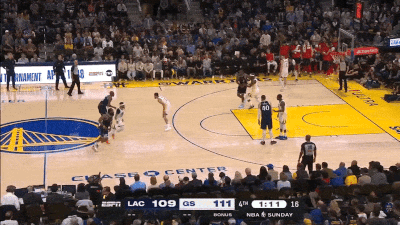
To Dunn’s credit, he saunters toward the dunker spot instead of staying stationary on the perimeter, knowing that his presence out there would justify Curry and the Warriors defense’s decision to virtually ignore him. When Curry does decide to commit to a double against Leonard (with Butler on him — take note), Dunn simultaneously moves toward the right elbow to make himself available for a pass.
With Curry’s decision to double and Dunn getting the ball on the elbow, the Warriors put themselves in quite a pickle:
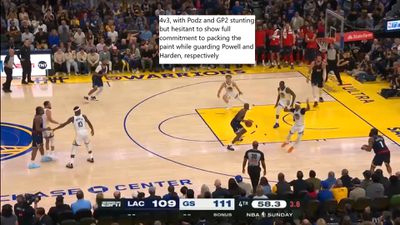
With Payton and Brandin Podziemski being half-heartedly committed to packing the paint (understandable, due to their unwillingness to leave Powell and Harden open), the 4v3 turns into a virtual 2v1, with Green stuck between a rock and a hard place. Dunn’s decision is made easy, given that Ivica Zubac is taller than Green by half a foot. All Dunn has to do is place the lob to where only Zubac can reach it:
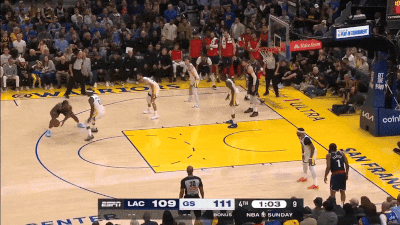
Although the Warriors gave themselves plenty of chances to win after Zubac’s dunk above, it was the spark of a 13-8 Clippers stretch in which they did just a tad more and made slightly better choices — in a game that could’ve and was decided on the smallest of margins, whether that was a difference in coverage choices, personnel choices, or a combination of both. There’s also the much-discussed smoked layup committed by Green that would’ve tied the game anew, as well as Curry’s eight turnovers despite his 36-point night on 75.1% True Shooting.
The crucial decision to double above — along with all of those other decisions, non-decisions, and fumbles — all coalesced into an outcome the Warriors did not want: a play-in date with the Memphis Grizzlies.